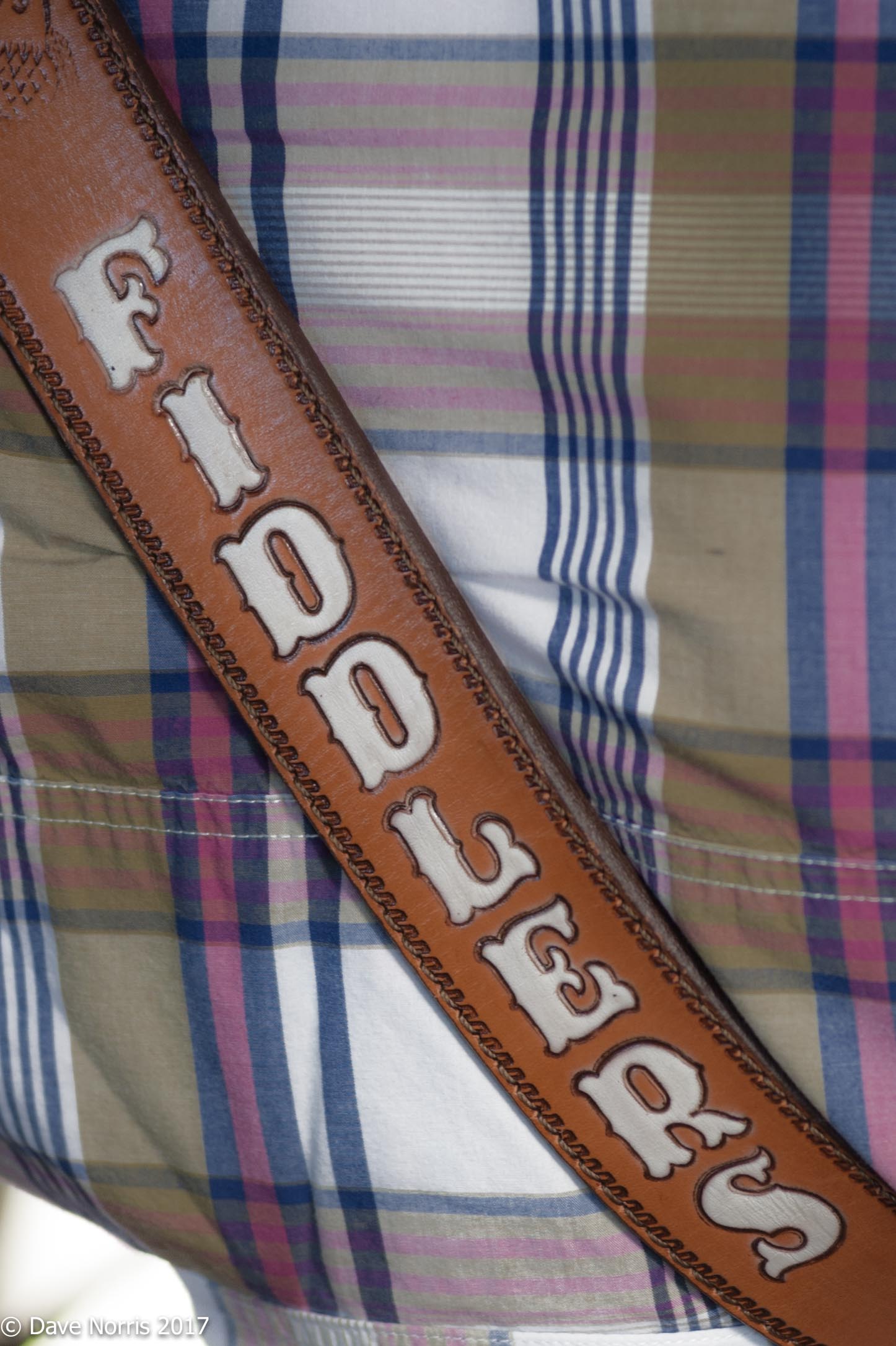As you travel the backroads of Texas you will soon realize that the historical soundtrack of these roads is the Fiddle. Over hundreds of years a distinct style of has evolved now known as Texas-style fiddling.
The fiddle was brought to America by early colonists. The earliest recorded fiddle player in the US was John Utie who settled in Virgina in 1620. Utie was a professional fiddler from England. As these colonists traveled and settled in other locations they would pack only their necessary possessions – which if they played the fiddle it was the first thing packed. In the early 19th century as many immigrant fiddle players moved to Texas the roots to what would become know as Texas-style began. This style of fiddle playing was a blend of Czech and German polka, African-American blues, Mexican music, and other style from European countries including France, Scotland, and Ireland. All of the different styles and cultures were present in Texas because of states vast size and the large number of people moving to the territory.
As communities grew, in the mid 1800s a very distinct form of fiddle music began to evolve. Whenever there were social gathering and events the entertainment would be string bands usually fronted by the fiddle. The early string bands usually consisted of a fiddle or two, guitar, banjo, and sometimes an accordion. The musicians would set up anywhere there was room and play while others would listen.
The first recording of Texas style of fiddling was in 1922, a solo performance of “Sally Gooden” by Eck Robertson and “Arkansaw Traveler” played by Robertson and Henry Gilliland. These two tunes are still played at current day fiddling contest. Most at the time called it “hillbilly music”. In the 1930’s the fiddle bands began to transition to western swing bands, vocals were now common and the music’s purpose was more for dancing and entertainment. Many of these musicians were featured on daily radio programs all across Texas.
Fiddling contest that date back to the 19th century have helped to sustain interest in Texas style fiddling. Beginning in the 1950’s records and accounts of the contest were documented. The greatest influence is that fiddling is generational. Fiddle players pass this style of music down to their children and grandchildren, lets hope this circle does not get broken! The fiddle contest is about the only avenue for these musicians to share their skills. There is no interest by radio or TV networks – unless PBS happens to do a feature.
There are Texas fiddlers that make many sacrifices to preserve this distinctly Texas style of music. These talented men and women do this out of passion and love. Many will earn money teaching fiddling or by working as pick up musicians for western swing or country bands (usually in the background).
If you are unfamiliar with this music I would suggest attending a Fiddling Contest These events are held throughout Texas. Believe me, as a “rock and roll” fan – you will be amazed by these extremely talented musicians that are passionate and play because they love the music. There are not a lot of fiddler groupies and drugs after these performances – just great musicians, cold bear, soda, and possibly some BBQ.
For more information visit The Texas Old Time Fiddlers Association at http://www.totfa.org Texas Folk Life at http://www.texasfolklife.org
“It’s not a Violin, Dammit!”…………every fiddler that ever lived!

 As you travel the backroads of Texas you will soon realize that the historical soundtrack of these roads is the Fiddle. Over hundreds of years a distinct style of has evolved now known as Texas-style fiddling.
As you travel the backroads of Texas you will soon realize that the historical soundtrack of these roads is the Fiddle. Over hundreds of years a distinct style of has evolved now known as Texas-style fiddling.